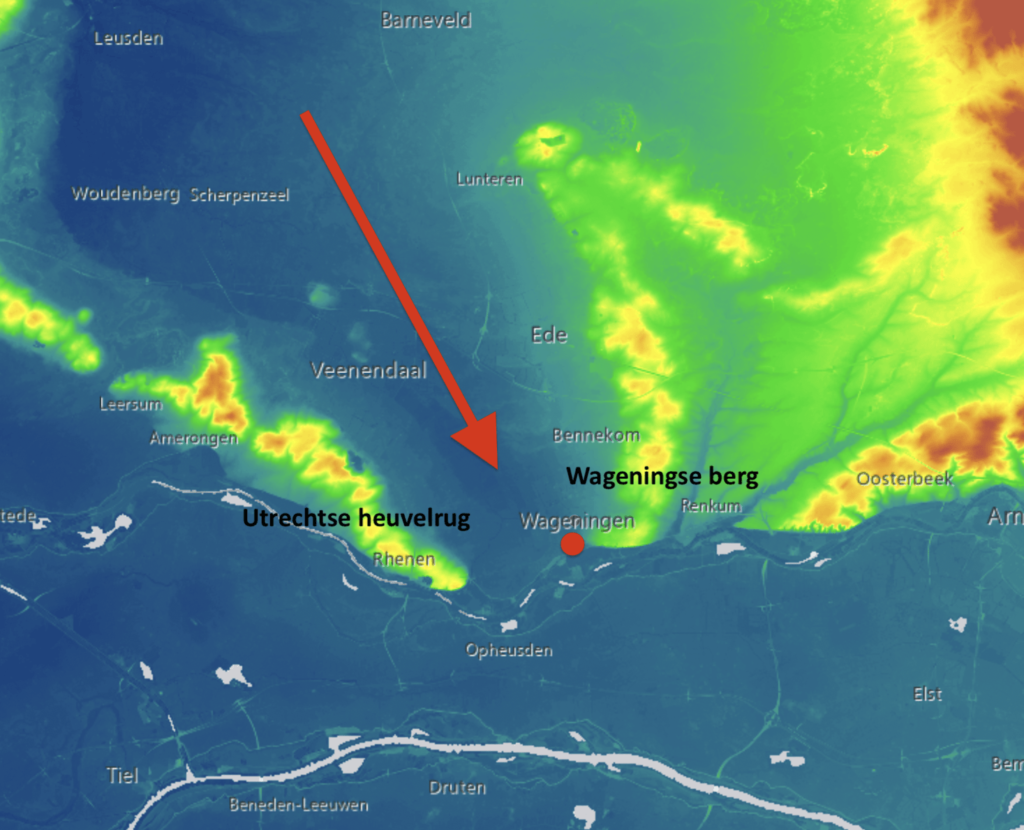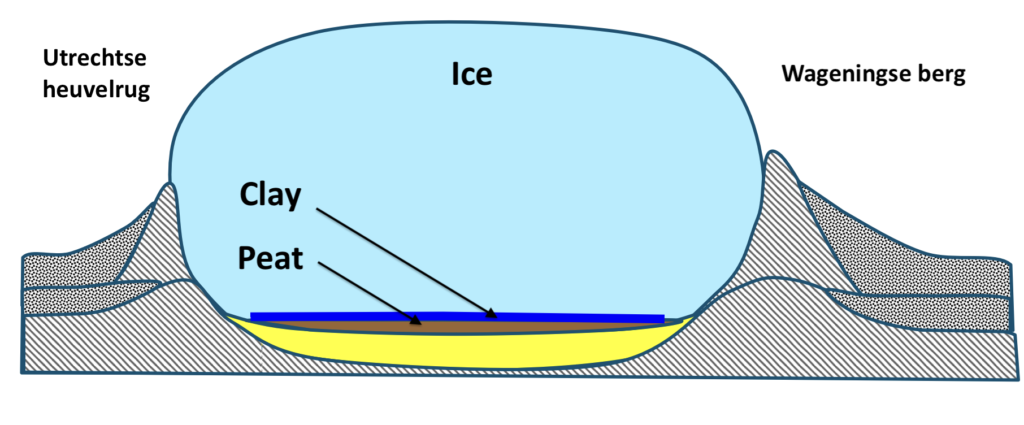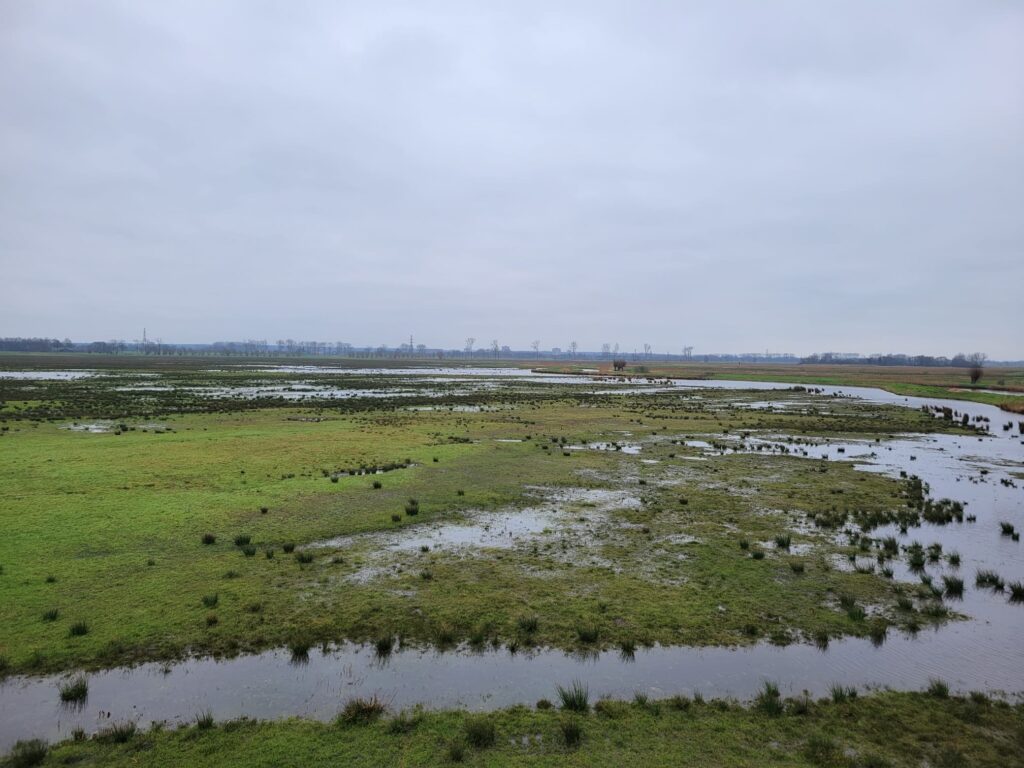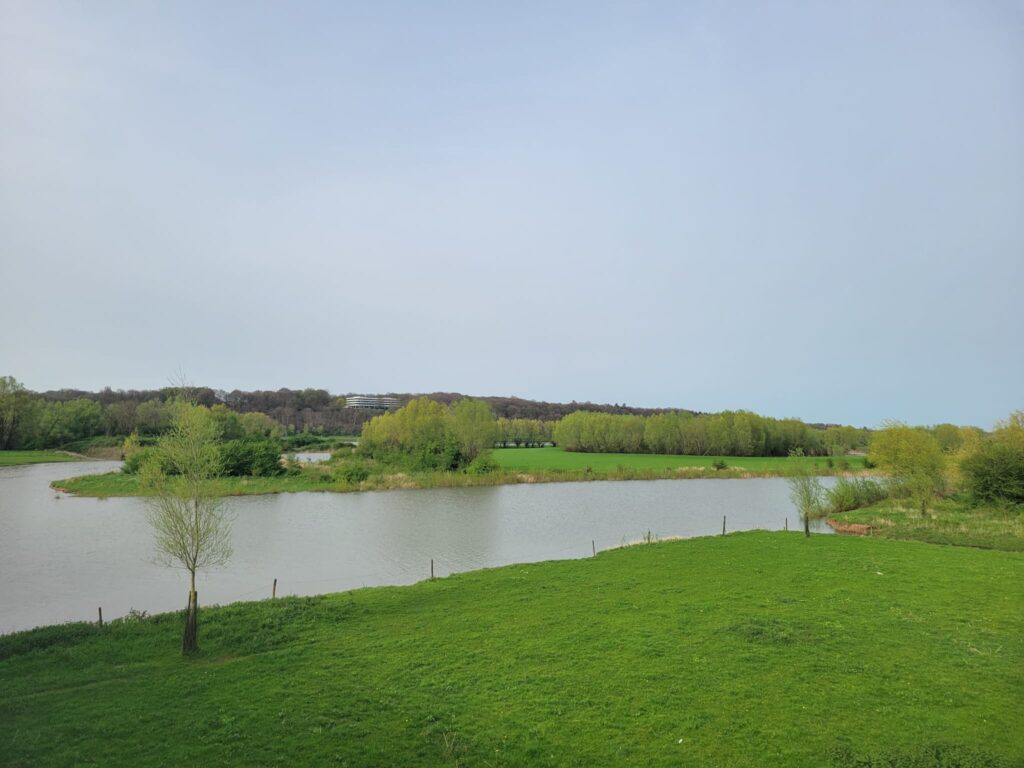How the Ice Age Determined Wageningen University’s Home
Have you ever Googled the location of WUR and, like me, wondered: ‘why on Earth is the most famous agricultural university in the world located in the middle of nowhere?’ Well, the easy answer is that Wageningen University and Research is the continuation of a much older institution – the National Agricultural College (Rijkslandbouwschool) that was established in 1876 in Wageningen. However, the real reason is much, much more interesting and surprising: Ice Age!
Rivers and glaciers
Before the second-to-last Ice Age, more than 500.000 years ago, rivers from central and eastern Europe carried material to what is now the Netherlands. Clays, gravels and sands were deposited here and formed the base of the present-day soils. During the following Ice Age, the glaciers pushed rocky and sandy materials from northern Europe towards the south, and eventually reached as far as Wageningen. Here is where the materials were accumulated and formed hills: Wageningse berg and Utrechtse heuvelrug.

Landscape around Wageningen. Red arrow represents the direction of the glacier (Source: AHN).
During the next inter-glacial period, when the ice melted, the hills started to erode. The eroded materials, together with peat and clay, deposited in the valley.

Activity of the glacier and erosion formed the valley in which Wageningen lies (Source: Presentation by Kasper Kok, 29. 2. 2024).
Sand storms and polar desert
The last Ice Age that concluded some 10.000 years ago turned what is now Wageningen into a polar desert. Strong winds from the North sea carried sands across the country and formed dunes. These now form areas of dryer ground around Wageningen that can be inhabited and cultivated.
Diverse landscapes
When you come to Wageningen and walk around the surrounding valley, you will notice that the landscapes around the town are incredibly diverse. There are river flood plains, sand and clay grounds, and even hills (a rare occurrence in the Netherlands). This means that the soils in the area are varied and fertile – ideal for agricultural research, for instance. These landscapes and soils are a legacy of changing climate and water activity over thousands of years.
So there you have it! Fertile and diverse soils, formed thanks to ice ages, are the reason why the National Agricultural College was set up here in Wageningen in the 19th century. This was subsequently transformed into what is now Wageningen University and Research.
I would like to thank Kasper Kok for a very informative lecture that was source of the information I shared with you here today!
Cheers,
Margaréta



